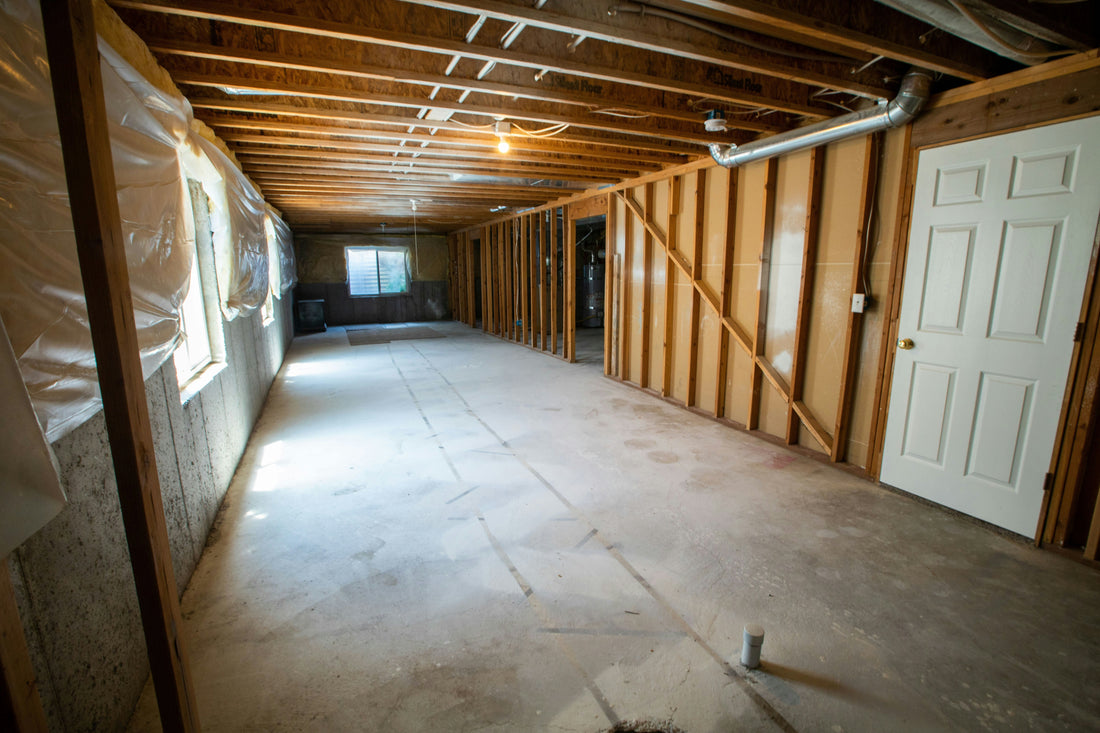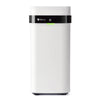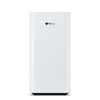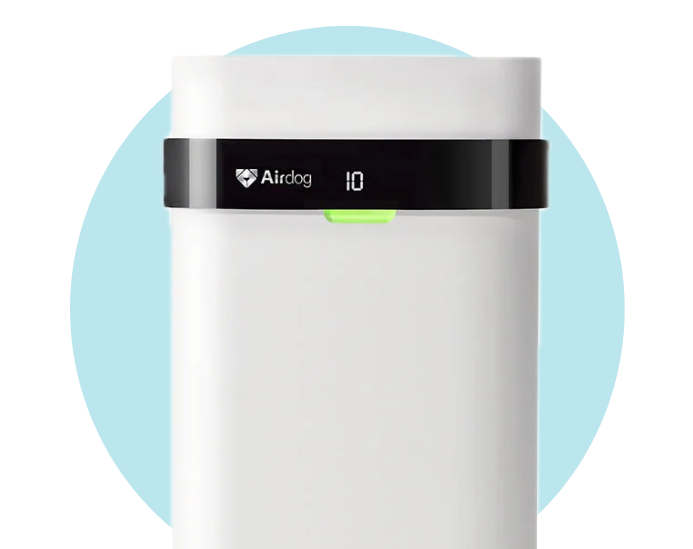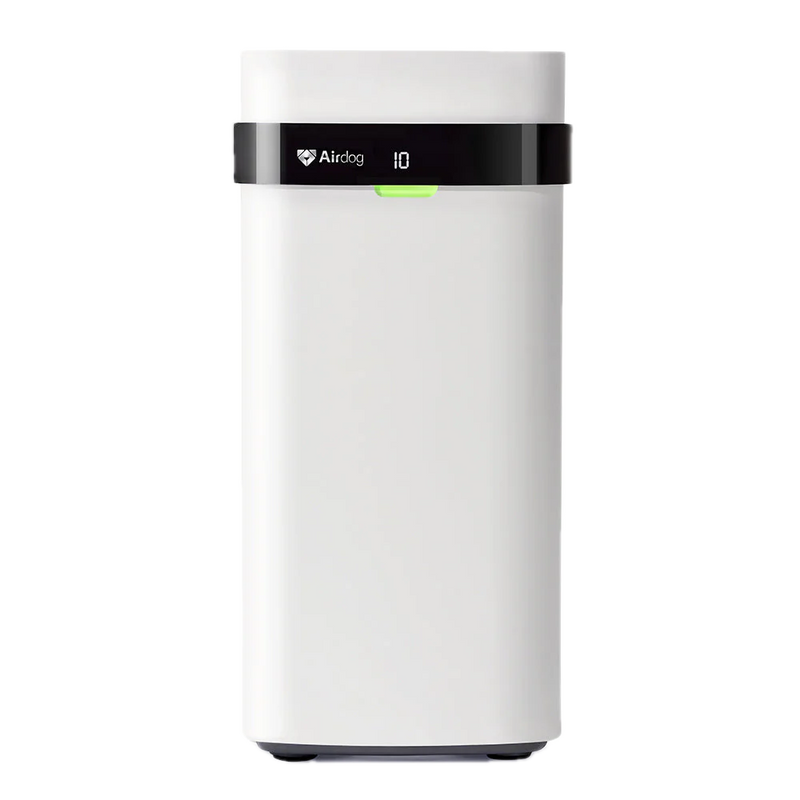Have you ever wondered why mold thrives in certain spots in your home, turning them into unsightly, musty corners? Mold flourishes in moist environments, compromising both home aesthetics and health while causing property damage.
Mold needs three things to thrive: moisture, organic material, and the right temperature. Among these, humidity acts as a silent enabler. Keeping indoor humidity between 30 and 50 percent is a powerful defense against mold. Dehumidifiers extract excess moisture from the air, making it harder for mold to take hold.
According to insights from Live Science and PuroClean, dehumidifiers do not eliminate existing mold spores but play a crucial role in preventing further growth by reducing moisture. For homeowners looking to safeguard their spaces, understanding mold’s conditions and how dehumidifiers help is essential.
Let’s dive into how these devices contribute to healthier, mold-free homes.
Understanding Mold and Humidity
Mold thrives under certain conditions, with moisture being the key driver for its growth and survival. This section explores the complex relationship between mold, humidity, and our living environments, offering strategies to keep both mold and humidity in check.
The Biology of Mold
Mold isn't just one organism but an entire kingdom of fungi that spreads through microscopic spores.These spores can lie dormant until they find the perfect conditions—moisture, organic material, and the right temperature—to awaken and reproduce:
-
Moisture: Mold spores need water to start their life cycle. High humidity provides this moisture, acting as a catalyst for mold growth.
-
Organic Material: Mold feeds on organic materials found in homes—wood, paper, and fibers, abundant in most living spaces.
-
Temperature: Most molds prefer temperatures similar to what humans find comfortable, typically between 60°F and 80°F.
By altering one or more of these conditions, we can significantly reduce the risk of mold establishment.
Humidity as a Mold Catalyst
Humidity levels above 60% create an environment where mold can thrive unchecked. However, maintaining indoor humidity levels below 50% makes it difficult for mold to grow. Here are a few reasons why:
-
Reduced Moisture Availability: Lower humidity levels mean that the air holds less moisture, depriving mold spores of the water they need to grow.
-
Inhospitable Conditions: Without sufficient moisture, mold cannot digest and degrade the organic materials it lands on, stopping it from spreading.
Strategies for Mold Prevention
Preventing mold involves creating an environment where it cannot grow. This requires a multifaceted approach focusing on controlling humidity and improving indoor air quality. According to research from the Pacific Northwest Center for Translational Environmental Health Research, here are some effective strategies:
-
Maintain Humidity Levels Below 50%: Use dehumidifiers and air conditioners to keep air humidity levels in the optimal range.
-
Enhance Ventilation: Improve air circulation in high-moisture areas, such as kitchens and bathrooms, to reduce humidity levels.
-
Fix Leaks Promptly: Water leaks provide the moisture mold needs to grow. Addressing leaks immediately can prevent mold from taking root.
-
Dry Wet Areas: Wipe up spills and dry out wet areas within 24-48 hours to prevent mold spores from germinating.
By understanding the relationship between mold and humidity, we can take proactive steps to mitigate mold growth in our homes. Maintaining low humidity levels and ensuring proper ventilation are key components of a holistic approach to mold prevention.
The Science Behind Dehumidifiers
Dehumidifiers are vital tools in the battle against mold, working silently to maintain a healthy indoor environment.
How Dehumidifiers Work
Dehumidifiers remove moisture from the air, a process crucial for preventing mold proliferation. Here’s a simplified breakdown of their operation:
-
Air Intake: The dehumidifier pulls in humid air from the room.
-
Moisture Extraction: The air passes over a cooling coil, causing the moisture in the air to condense into water droplets.
-
Air Recirculation: The dry air is then reheated and released back into the room, significantly reducing the room's overall humidity.
This cycle repeats, maintaining an environment that is less conducive to mold growth.
Selecting the Right Capacity and Energy Efficiency
Choosing a dehumidifier that meets your space's specific needs requires considering both its capacity and energy efficiency. The U.S. Department of Energy underscores the importance of these factors for effective humidity control and sensible energy consumption.
-
Capacity: The capacity of a dehumidifier refers to the amount of moisture it can remove from the air within 24 hours, typically measured in pints. Larger spaces with higher humidity levels demand dehumidifiers with greater capacities.
-
Energy Efficiency: To manage operating costs without compromising on performance, look for dehumidifiers with an ENERGY STAR rating. These models use less energy to remove moisture, making them both environmentally and financially friendly choices.
-
Room Size and Humidity Level: Assess both the size of the space and its typical humidity levels. A dehumidifier that's too small for a large, damp area will run continuously, increasing wear and energy costs.
-
Features for Convenience and Efficiency: Features like automatic shut-off, humidity level settings, and programmable timers enhance convenience and energy efficiency. These allow the dehumidifier to operate only when necessary, further reducing energy consumption.
Maintenance Tips for Dehumidifiers
To ensure the longevity and effectiveness of your dehumidifier, regular maintenance is essential:
-
Regular Cleaning: Empty and clean the water collection tank frequently to prevent mold and mildew buildup inside the machine. A clean tank equals cleaner air.
-
Optimal Placement: Allow for adequate airflow around your dehumidifier. Positioning it too close to walls or furniture can restrict air intake and exhaust, reducing efficiency.
-
Filter Care: Check and clean the air filter regularly. A clogged filter can impede airflow and diminish the unit's effectiveness. Some models have washable filters, making this task easier and more cost-effective.
-
Yearly Check-ups: Just like any other household appliance, a dehumidifier benefits from an annual check-up. Review the manual for specific maintenance routines and inspect the unit for signs of wear and damage.
By adopting these practices, you not only extend the life of your dehumidifier but also enhance its performance, ensuring it effectively contributes to maintaining healthy humidity levels and preventing mold growth in your home.
The Role of Humidifiers in Balancing Moisture Levels
While dehumidifiers play an essential role in reducing excess moisture, using the right humidifiers are equally important in areas where air becomes too dry, which can lead to other health issues. Airdog's MOI humidifier, for example, is designed to balance indoor humidity levels by adding moisture back into the air when it drops too low—but without the mist that can lead to more mold. It maintains the optimal indoor air quality, especially during colder months when heating systems can dry out the air. Keeping the air within the recommended 30-50% humidity range not only prevents mold growth but also helps maintain respiratory health and comfort in your home.
By using both a dehumidifier and a mist-free humidifier like Airog’s MOI, homeowners can maintain a balanced environment that discourages mold growth while ensuring optimal air quality for health and comfort.
Integrating Dehumidification with Other Strategies
While dehumidifiers are formidable in the fight against mold, they are most effective when used as part of a broader mold prevention strategy:
-
Proper Ventilation: Ensuring adequate airflow throughout the home, especially in high-moisture areas like kitchens and bathrooms, can complement the moisture-removing capabilities of dehumidifiers. This dual approach prevents the accumulation of damp air, a primary mold growth factor.
-
Use of Moisture Barriers: In areas prone to dampness, such as basements and crawl spaces, the installation of moisture barriers can further protect against mold. When combined with dehumidification, this strategy provides a robust defense, safeguarding the structural integrity of the home and the health of its inhabitants.
-
Routine Maintenance and Inspections: Regularly checking for leaks, condensation, and other sources of moisture can preempt mold growth. When paired with the consistent use of a dehumidifier, these practices ensure that mold has no foothold within the home.
-
Use of Air Purifiers: Integrating air purifiers (like Airdog’s highly-effective X5 air purifier) complements the work of dehumidifiers by addressing airborne mold spores by capturing mold spores circulating in the air and reducing the likelihood of inhalation or settling and growing on surfaces. While dehumidifiers manage humidity, air purifiers tackle the particulate aspect of the mold, offering a dual approach to mold control.
Conclusion
A dehumidifier is a powerful tool in the fight against mold, but its effectiveness increases when combined with proper ventilation, moisture control, and air purification. By maintaining indoor humidity levels between 30 and 50 percent, homeowners can create an environment that discourages mold growth and promotes better air quality. Regular maintenance, selecting the right dehumidifier, and integrating it with other mold prevention strategies ensure long-term protection for both health and home. With a proactive approach, achieving a mold-free, balanced indoor environment is within reach for all.


